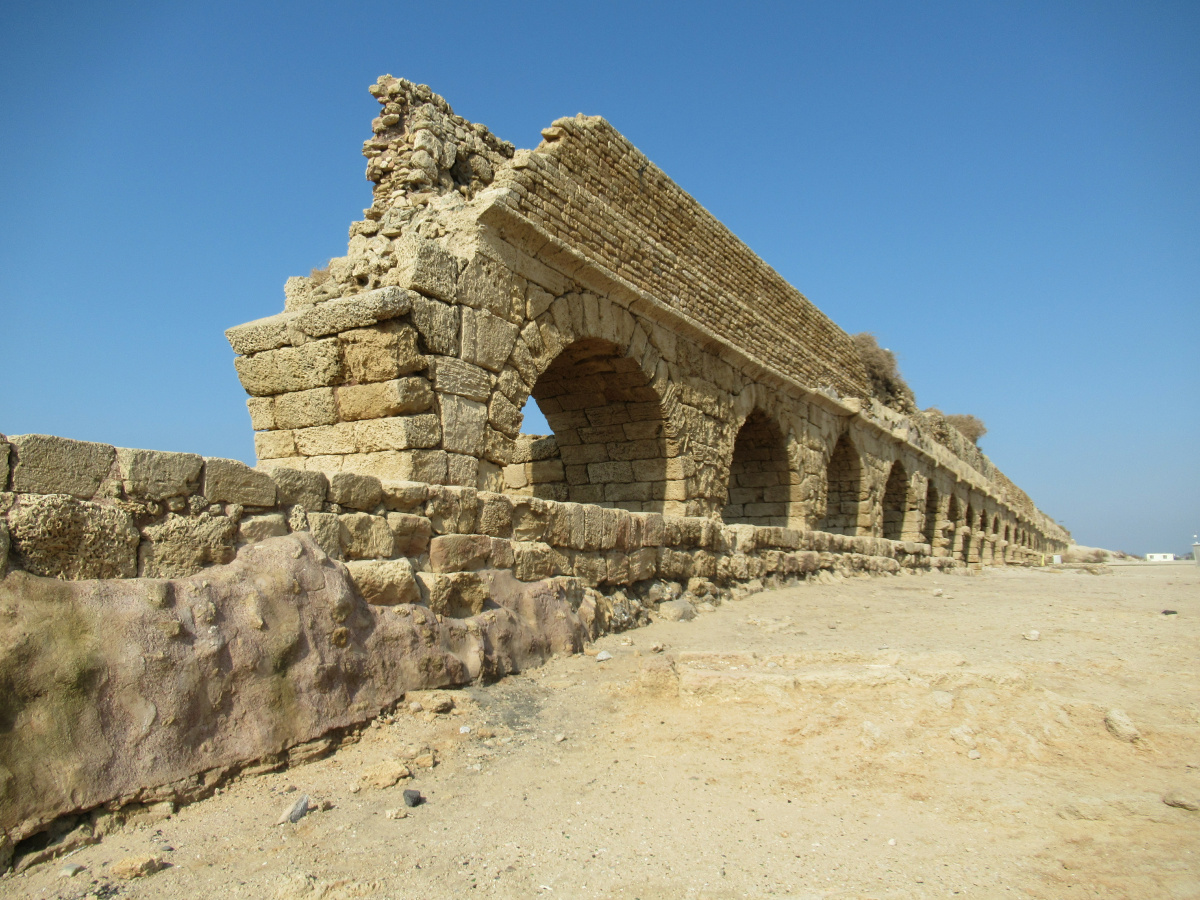
Water Management in Ancient Civilizations: From Aqueducts to Qanats
Water management has been a cornerstone of human civilization since the dawn of agricultural societies. The availability and control of water resources have not only dictated the survival of communities but have also driven the development of intricate engineering solutions across different ancient civilizations. From the grand aqueducts of Rome to the ingenious qanats of Persia, these ancient technologies reflect the diverse and innovative methods used to address water scarcity and distribution. Studying the minutiae of these water management systems reveals that our ancestors were much more innovative and capable than we’d think at first. And it is the way they managed water that highlighted the engineering marvels and socio-economic impacts they had on their respective societies.
The Necessity of Water Management
Water is an essential resource for life, and its availability often determines the success of a civilization. Ancient communities settled near rivers, lakes, and springs to ensure a steady water supply. However, as populations grew and agriculture expanded, the need for reliable and efficient water management systems became paramount. This led to the development of various techniques to capture, store, and distribute water, ensuring that it was available for drinking, irrigation, and sanitation. With such innovative solutions, ancient cultures could enjoy a better yield of crops, to expand their settlements and realms, and to thrive economically. However, not everyone was capable of mastering the management of water.
- An Enigma Wrapped in a Mystery: The Living, Growing Aqueduct of Alicún de las Torres, Granada
- The Ancient Aqueducts Keeping Peruvian Deserts Fertile (Video)
The earliest forms of water management can be traced back to the Mesopotamian civilization around 6000 BC. Located between the Tigris and Euphrates rivers, Mesopotamia faced the dual challenges of seasonal flooding and drought. To mitigate these issues, the Sumerians developed an extensive network of canals, dikes, and reservoirs. These irrigation systems allowed them to control the flow of water, ensuring that crops received adequate moisture throughout the growing season. The success of these systems only cements the reputation of Mesopotamians as one the first technologically advanced civilizations in the world.

Modern day Iraqi fisherman pole along an irrigation channel. (Public Domain)
The Nile River, similarly, was central to the water management strategies of ancient Egypt. The Egyptians constructed basins and canals to divert flood waters from the Nile, which were then used to irrigate fields. This method, known as basin irrigation, capitalized on the annual inundation of the Nile to deposit nutrient-rich silt onto the farmlands, enhancing agricultural productivity. The Egyptians based their entire civilization around the Nile River and depended on its unpredictable nature. However, by learning how to master it and utilize its potential, they thrived and rose to become a major global power of their time.
The Engineering Marvels of Rome: Aqueducts
The Roman Empire is renowned for its sophisticated engineering achievements, and their aqueducts are among the most impressive. The Romans constructed a vast network of great stone aqueducts to supply their cities with fresh water. These aqueducts, some of which spanned over 50 miles (80 kilometers), transported water from distant sources using a combination of gravity and precise engineering.
One of the most famous Roman aqueducts is the Aqua Appia, built in 312 BC. It was the first of 11 major aqueducts that supplied the city of Rome. The Aqua Claudia, another significant aqueduct, was completed in 52 AD and spanned over 45 miles (72 kilometers). Roman aqueducts were constructed using a series of arches, tunnels, and conduits, often elevated on stone structures to maintain a steady gradient. The use of waterproof cement called opus caementicium ensured the durability and longevity of these structures.
Roman aqueducts were not only functional but also served as symbols of the empire's engineering prowess and administrative efficiency. They played a crucial role in the development of urban centers, providing water for public baths, fountains, and private households, which in turn supported population growth and urbanization. In many ways, these ancient waterways were the shortcut to economic success.





